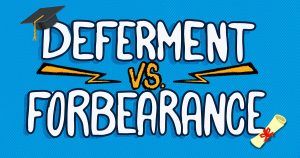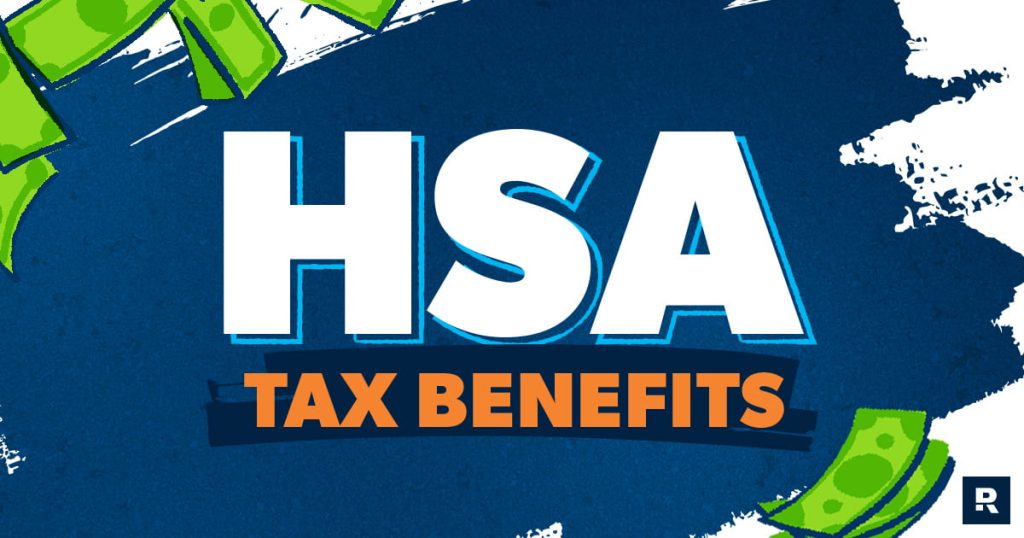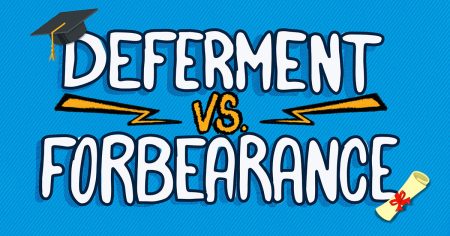Unless you’ve got one of those magical unicorn health insurance plans with no deductible, no copay, a low premium and tons of coverage, it’s easy to feel like your health insurance plan is taking more than it gives. But the good news is that there’s at least one way to start balancing the scales.
If you’ve got a high-deductible health plan (HDHP), then you could be eligible to open a Health Savings Account (HSA). It’s basically a triple tax-free slam dunk. No magic wand or unicorn dust needed! Here’s everything you need to know about the tax benefits that come with an HSA and how to take advantage of them starting right now.
How an HSA Works
Think of an HSA like a savings account you can use to save for qualified medical expenses now and in the future. We’re talking about everything from Band-Aids and body scans to midwives and motion sickness medication.
But not everyone is eligible for an HSA. There are some basic criteria you have to meet first, but once you do, making contributions is super easy and the tax benefits are immediate.
HSA Eligibility
Three things need to be true for you to open an HSA:
1. You’re enrolled in a qualified HDHP.
For 2022, that means your health insurance plan has a minimum deductible of $1,400 for single coverage or $2,800 for family.1 It also means a maximum annual out-of-pocket expense of $7,050 for individuals and $14,100 for families.2 This includes things like deductibles, copayments and coinsurance—but not your premium.
For 2023, the minimum deductibles bump up a bit to $1,500 for individuals and $3,000 for families.3 And the maximum annual out-of-pocket expense is bumped up to $7,500 for individual coverage or $15,000 for family coverage.4
|
2022 |
2023 |
|
|
Minimum Annual HDHP Deductible – Individual |
$1,400 |
$1,500 |
|
Minimum Annual HDHP Deductible – Family |
$2,800 |
$3,000 |
|
Out-of-Pocket Max for HSA Eligibility – Individual |
$7,050 |
$7,500 |
|
Out-of-Pocket Max for HSA Eligibility – Family |
$14,100 |
$15,000 |
2. You aren’t enrolled in Medicare.
3. You’re 18 years or older and no one can claim you as a dependent on their tax return.
If all of these are true, you’re in. But hold your horses! Before you start contributing to an HSA, make sure you’re on the right Baby Step.
When to Contribute to an HSA
While HSAs are a great idea for folks with HDHPs, there’s a right time and place when it comes to making contributions. If you’re still getting out of debt and don’t have a fully funded emergency fund (which means you’re on Baby Steps 1 through 3), it is not the time to add money to an HSA. Every penny you can spare should be going toward demolishing your debt.
There are two exceptions to that rule. The first is if you are about to have a baby, major surgery or know you’re going to have some large medical expenses soon. And the second is you don’t have dental or vision insurance. In those cases, you can use your HSA as a sinking fund to save for those medical costs.
But once you reach Baby Step 4—which means you’re ready to start investing for retirement—feel free to start putting money into your HSA (if you can work those contributions into your monthly budget)!
HSA Tax Benefits for 2022 and 2023
In order for you to take advantage of this tax-advantaged savings account, you’ve got to add some money to the pot. But before you go withdraw a huge chunk of change from the bank, know that there are limits to how much you can contribute to your HSA.
Do you have the right health insurance coverage? Connect with a Trusted pro today.
In 2022, the maximum annual HSA contribution you can make as an individual is $3,650. For families, that number goes up to $7,300.5
What about 2023? Individuals will be able to contribute up to $3,850 to their HSAs while those with family coverage can contribute up to $7,750.6
And if you’re 55 and older (and not enrolled in Medicare), you can also make an annual catch-up contribution of $1,000.
But don’t forget, these numbers include employer contributions. You don’t want to exceed these limits, or you’ll get hit with a 6% tax.7
|
2022 |
2023 |
|
|
HSA Contribution Limit – Individual (Employee + Employer) |
$3,650 |
$3,850 |
|
HSA Contribution Limit – Family (Employee + Employer) |
$7,300 |
$7,750 |
|
HSA Catch-Up Contribution Limit (Age 55 and Older) |
+ $1,000 |
+ $1,000 |
Whether you contribute $50 or $7,300, here are the three major tax advantages you get to enjoy with an HSA:
1. Tax-Free Contributions
One of the best perks of an HSA is that when you make a contribution, you’re adding money tax-free. That can happen in a couple of ways.
The first is through a pretax payroll deduction. This means your employer drops whatever HSA funds you’ve earmarked to come out of your paycheck straight into your HSA account. Poof! Now you see it, now you don’t. That money goes into your HSA and isn’t counted as income. Therefore, it can’t be taxed. Cha-ching!
But maybe you don’t get your insurance through your employer, or your employer doesn’t route funds on your behalf to your HSA. No problem. Make your contributions as you normally would, and then come tax time, claim those contributions as tax deductions so they aren’t counted as income.
If you’re self-employed, you contribute pretax and it won’t count toward your taxable income.
Heads up, New Jersey and California—you’ll have to pay state income tax on your HSA contributions.
2. Tax-Free Growth
Now that your money is sitting pretty in an HSA, here comes tax-free bonus number two: Your money grows tax-free. Remember, an HSA is a Health Savings Account, so it acts like a savings account and earns interest. But unlike a regular savings account where interest earned will be counted as taxable income, your HSA contributions can grow without the tax hit.
Sorry, New Jersey and California, any HSA earnings are considered taxable income.
3. Tax-Free Withdrawals
With an HSA, not only are you setting aside money for current medical expenses but you’re also able to save for future health care costs. Whether it’s this year or 10 years from now, when the time comes to make a withdrawal you can take that money out tax-free as long as it’s for a qualified medical expense.
There’s another perk-within-a-perk here too. Once you turn 65, your HSA will also act like a traditional IRA. You can withdraw funds from your HSA for whatever you’d like, not just qualified medical expenses. Don’t forget though that you’ll pay taxes on those funds when you do.
Once you’re enrolled in Medicare, you won’t be able to contribute to your HSA any longer. But just think, all the contributions you made pre-Medicare will give you the freedom to pay for medical expenses in retirement from your HSA, all tax-free!
Tax Differences Between HSAs vs. FSAs
If you’ve heard of HSAs, then you might also be familiar with FSAs, or Flexible Spending Accounts. Both are like emergency funds for medical expenses, but how they function out in the real world is pretty different. We break down all the need-to-know information about HSAs vs. FSAs here, but let’s take a closer look now at their tax differences.
1. FSA annual contribution limits are lower.
In 2023, you can contribute up to $3,050 into an FSA.8 Because FSAs are only available through employers, it’s possible your employer could set the limit lower than $3,050. With an HSA, however, an individual can contribute up to $3,850 or $7,750 for a family in 2023. The closer you get to those maximum contributions, the less you have to report as taxable income.
2. HSA funds roll over, but FSA funds don’t.
HSAs definitely have a leg up on FSAs here. FSAs are “use it or lose it,” so wave bye-bye to any funds you didn’t use in a calendar year. (You might be able to roll over $610 if your employer provides that option, but that’s the max.)9
What’s that got to do with your taxes? Well, because HSA funds roll over, you can continue to grow your account year over year. All those contributions are going in tax-free and growing tax-free. An FSA zeroes out each year with no opportunity to earn tax-free interest.
3. You can’t invest your FSA funds.
One of the lesser-known benefits of an HSA is that you can invest those funds into good growth stock mutual funds. Because FSA funds have a 12-month lifespan, you lose the investment opportunity—and the tax benefits—with an FSA. Without the investment piece, choosing an FSA means losing out on tax-free interest and earnings.
Open an HSA Account Yourself
Setting up an HSA account is so easy. Like five minutes easy. And if you’re enrolled in an HDHP, it’s a no-brainer.
Are you ready to start cashing in on your triple tax-free HSA to give you and your loved ones peace of mind in the future? Open your HSA today!
Read the full article here










